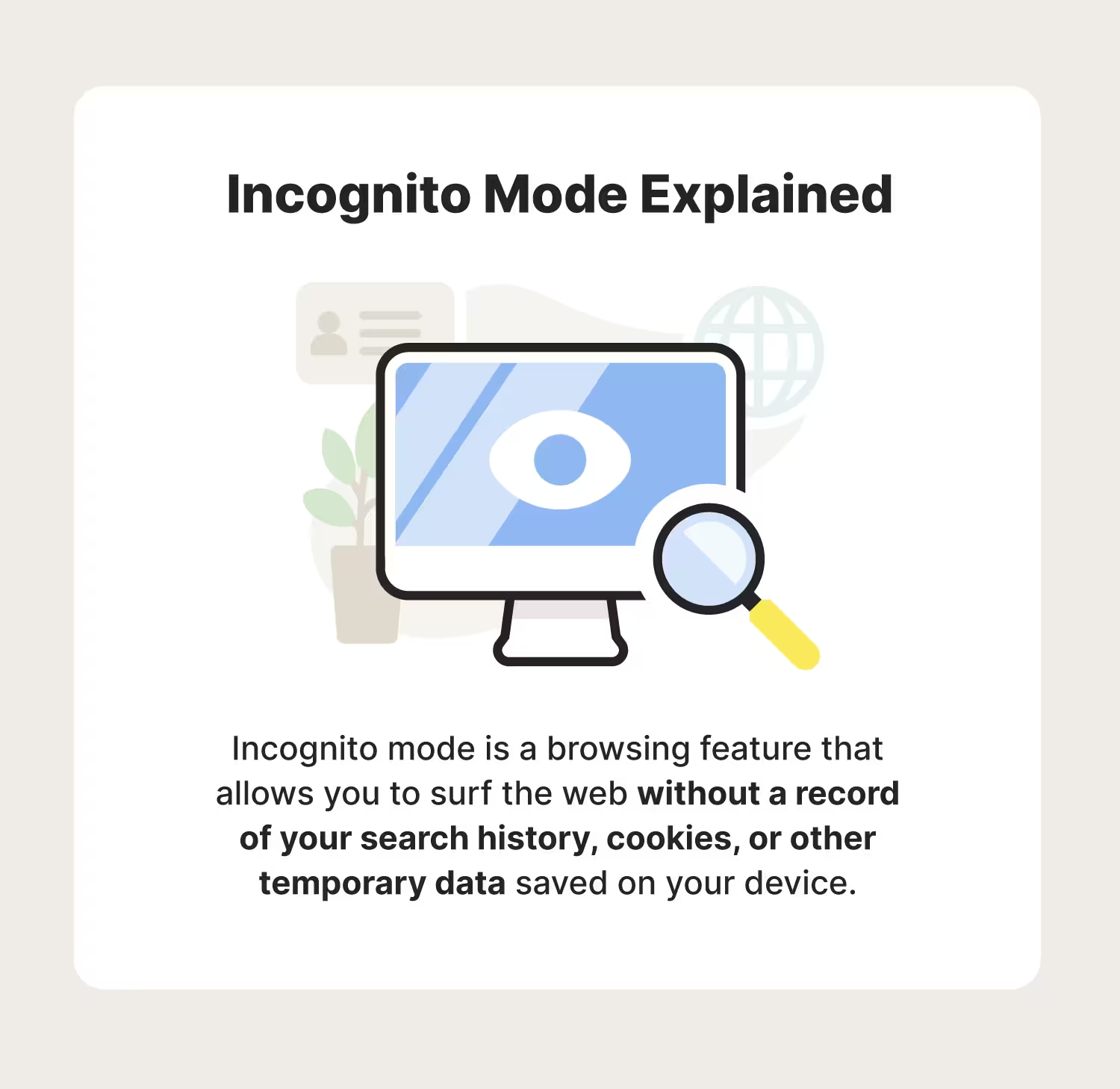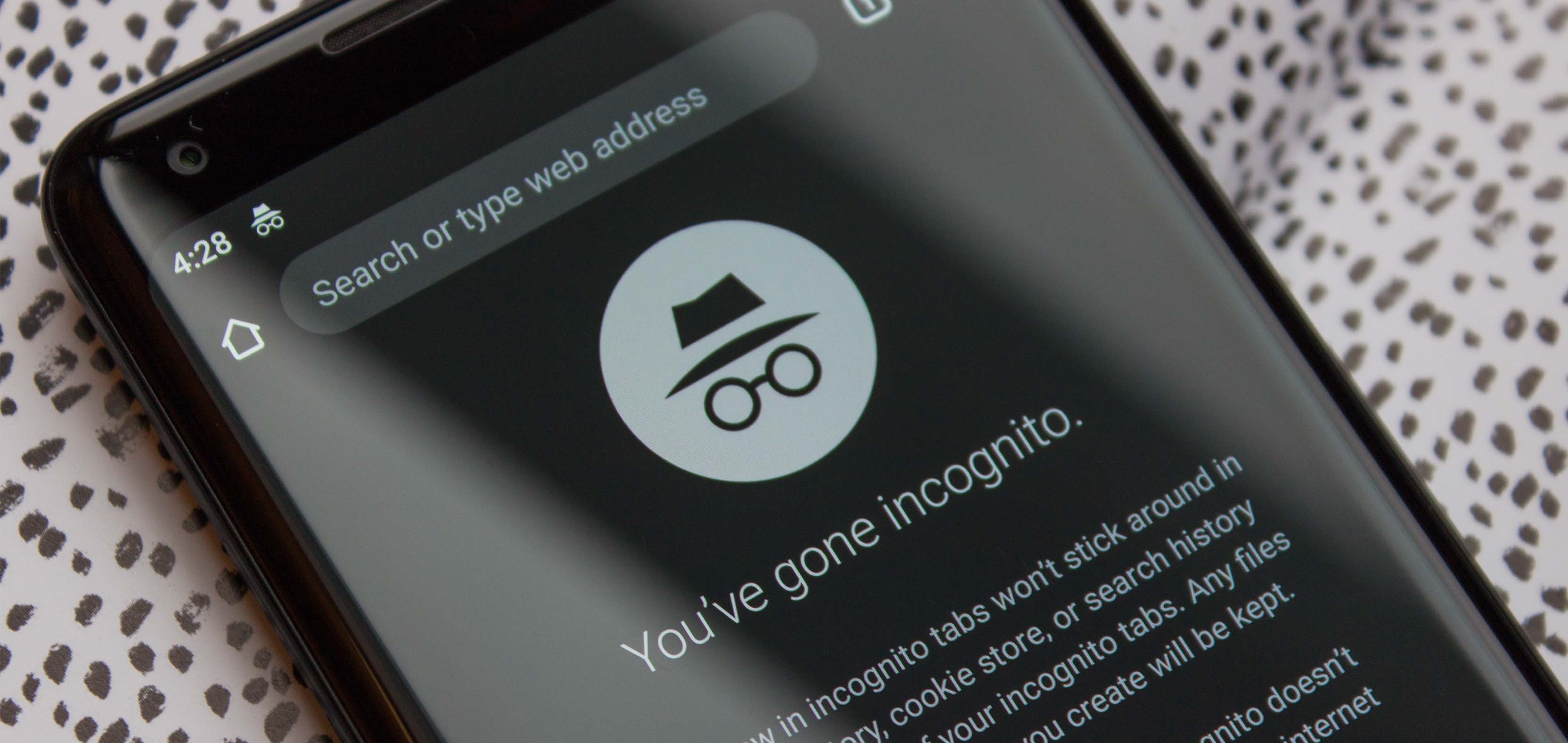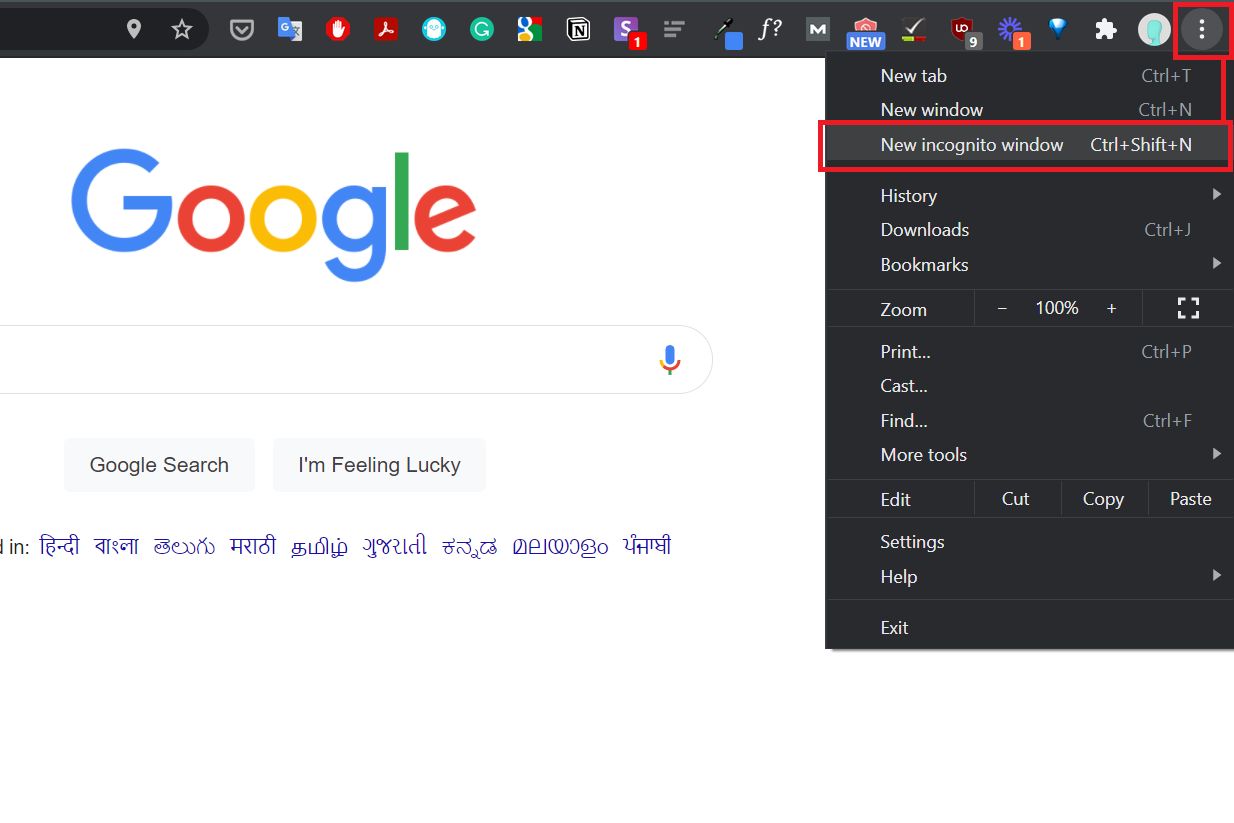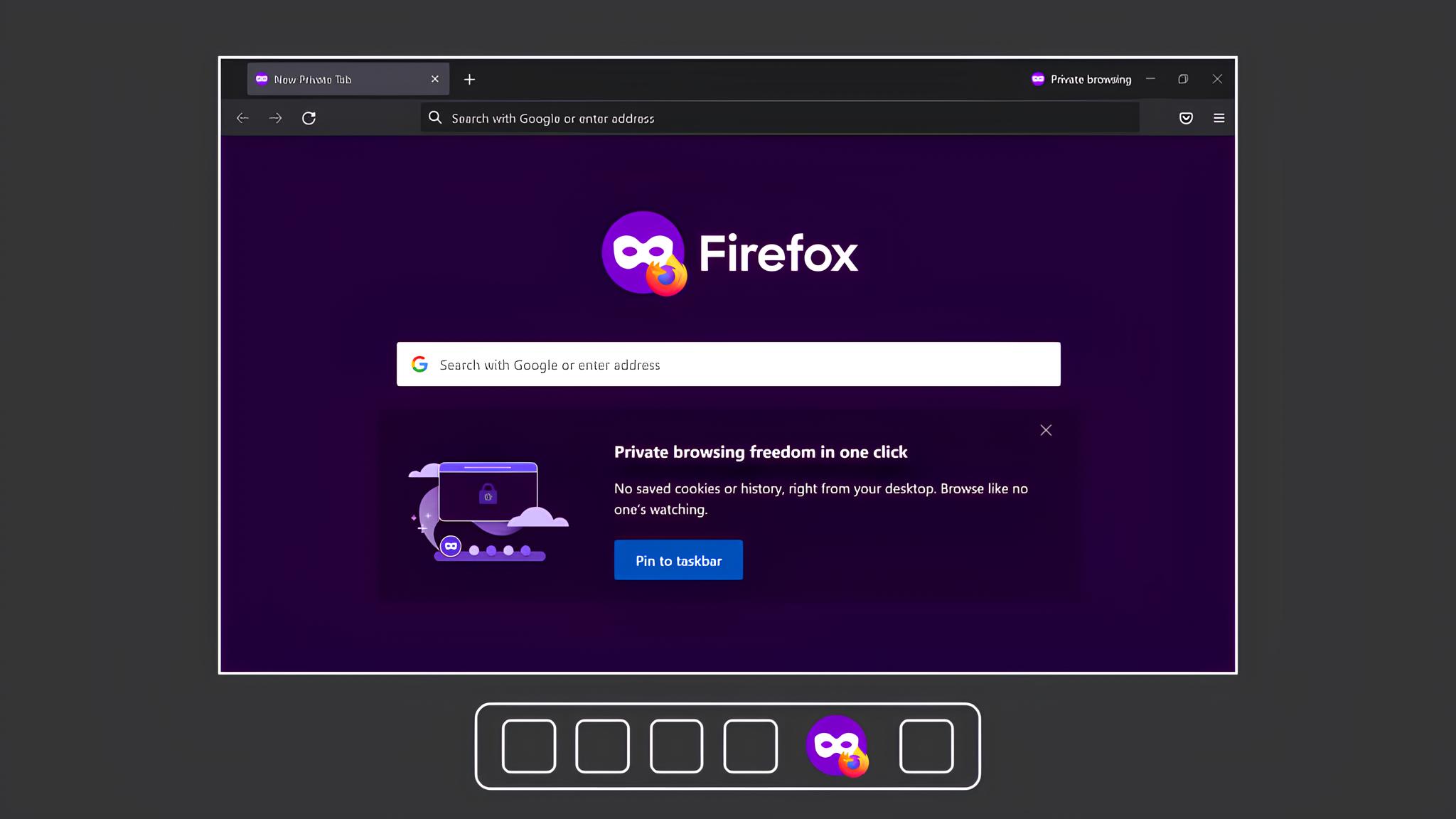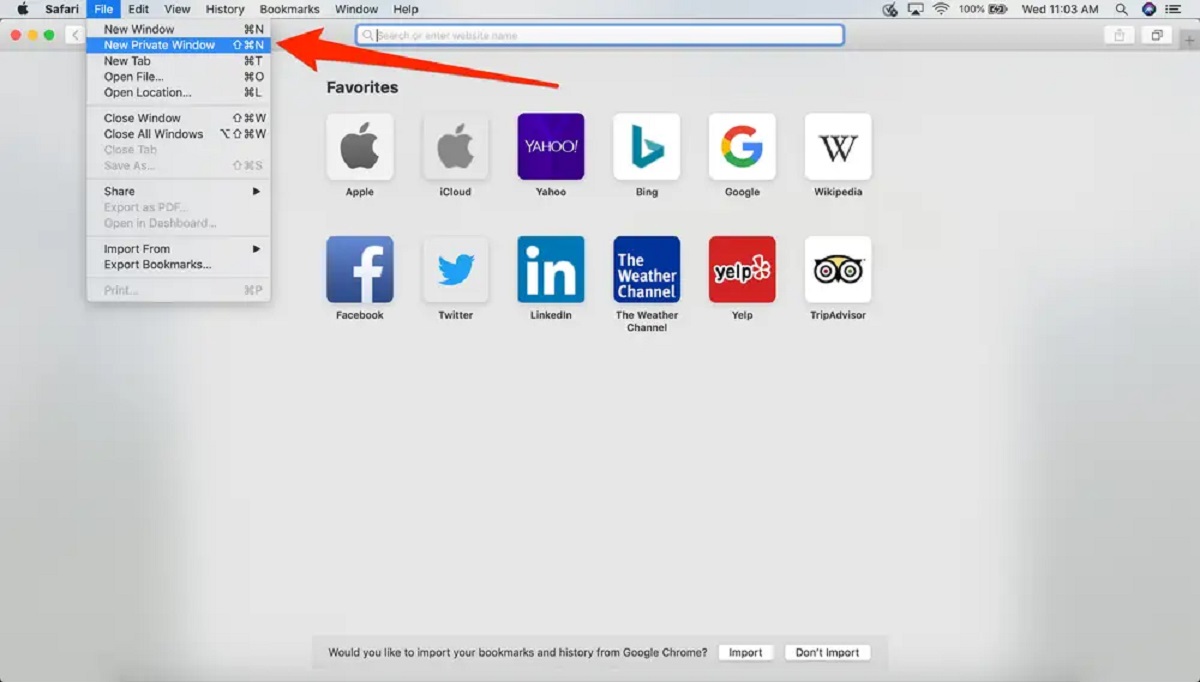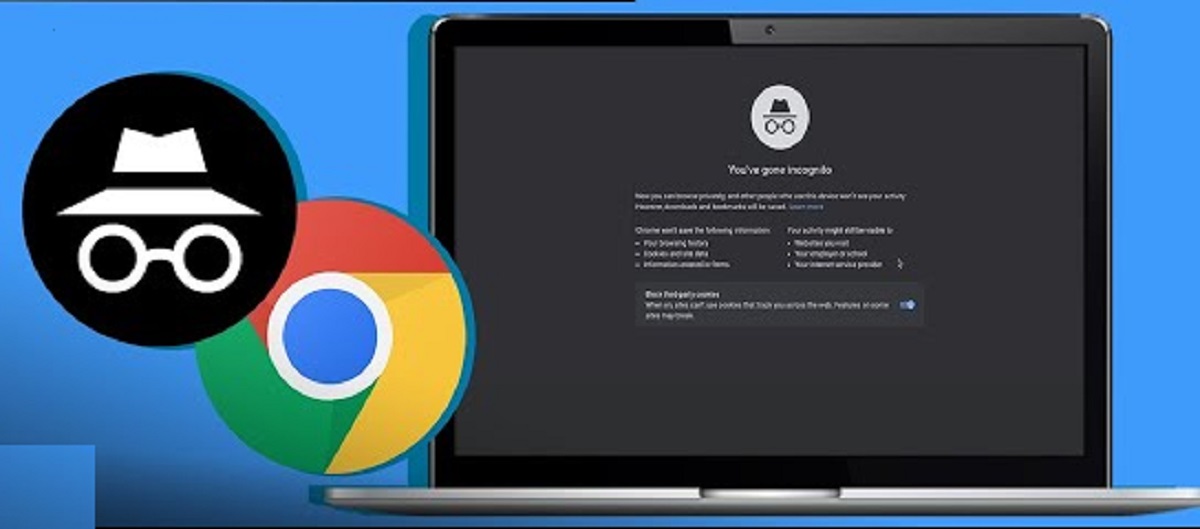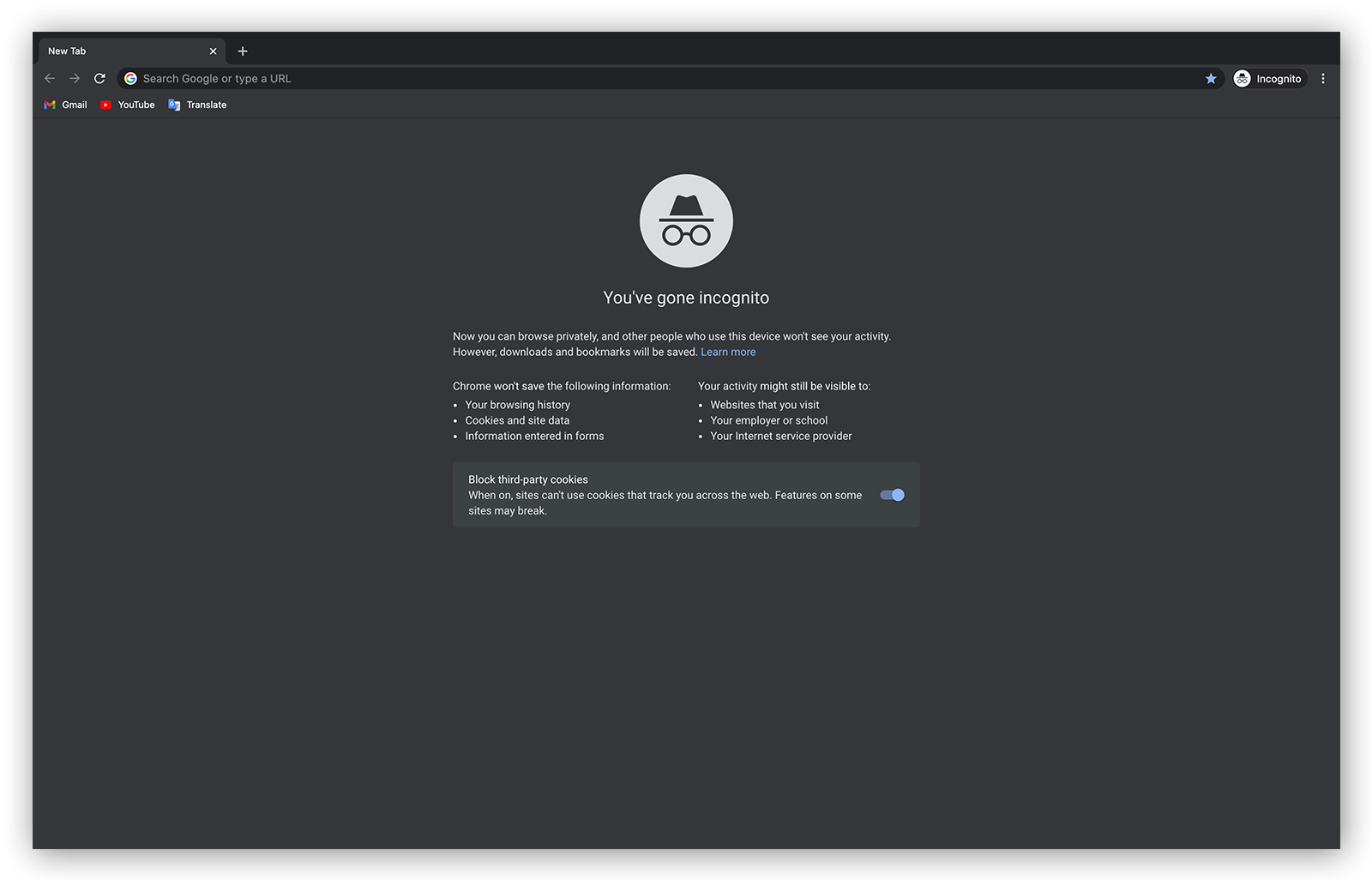Introduction
Internet browsing has become an integral part of our daily lives. Whether we’re researching information, shopping online, or connecting with friends on social media, our online activities leave behind a digital trail. While this can be convenient for remembering passwords and optimizing user experiences, it also raises concerns about privacy and security.
Incognito mode, also known as private browsing, has emerged as a popular feature in web browsers to address these concerns. It offers users a way to surf the web without leaving behind a trace of their online activities. But what exactly is incognito mode, and how does it work?
In this article, we’ll delve into the world of incognito mode, exploring its purpose, functionality, and the benefits it offers. We’ll also address some common misconceptions about what incognito mode can and cannot do. So, if you’re curious about how to protect your privacy while browsing the web, let’s dive into the fascinating world of incognito mode.
What is Incognito Mode?
Incognito mode, also referred to as private browsing, is a feature available in various web browsers that allows users to browse the internet without their activities being saved in their browsing history or stored cookies. When enabled, the browser will not retain any information about the websites visited, forms filled out, or searches conducted during the incognito session.
Essentially, incognito mode creates a sandboxed browsing environment where the browser operates independently, separate from the user’s regular browsing activities. This means that any temporary files, cookies, or browsing history generated during the incognito session are deleted as soon as the session is closed.
It’s important to note that while incognito mode offers some level of privacy, it does not make you completely anonymous online. ISPs (Internet Service Providers), the websites you visit, and other network administrators can still track your online activity. However, incognito mode is a useful tool to prevent your browsing history from being easily accessible to others who may have access to your device.
How Does Incognito Mode Work?
Incognito mode works by creating a barrier between your regular browsing session and the incognito session. When you open a new incognito window or tab in your web browser, it operates separately from your normal browsing session.
When you navigate through websites in incognito mode, the browser doesn’t store your browsing history, cookies, or site data. This means that any information, such as login credentials or search queries, will not be saved. When you close the incognito window or tab, all temporary files and data associated with that session are deleted.
In addition to not saving browsing history, incognito mode also disables extensions and plugins by default. This helps to further protect your privacy by preventing any monitoring or tracking scripts that may be associated with these third-party tools from collecting data about your online activities.
While using incognito mode, your IP address and device information are still visible to websites you visit, as well as your ISP. It’s worth noting that some websites may still be able to track your visit through other means, such as browser fingerprinting, which analyzes unique browser configurations and settings.
Overall, incognito mode provides a convenient way to browse the internet without leaving behind a trace of your activities on your local device. However, it’s important to understand its limitations and remember that it does not provide complete anonymity or protection from external monitoring.
Benefits of Using Incognito Mode
Incognito mode offers several benefits for users who want to enhance their online privacy and security. Here are some of the key advantages of using incognito mode:
- Privacy Protection: One of the primary benefits of incognito mode is that it helps protect your privacy. By not storing browsing history, cookies, or site data, incognito mode prevents others from easily accessing your online activities. This is particularly useful when using a shared computer or device.
- Temporary Sessions: Incognito mode creates a temporary browsing session that starts fresh every time you open a new incognito window or tab. This means that any temporary files or data generated during your browsing session are deleted as soon as you close the window or tab. It’s ideal for situations where you want your online activities to be completely separate from your regular browsing session.
- Safe Online Shopping: Incognito mode can be particularly beneficial when doing online shopping. It prevents websites from tracking your browsing history and using that information to manipulate prices or advertisements based on your previous searches. Additionally, it reduces the risk of your personal information, such as credit card details, being saved on the device you’re using.
- Bypassing Paywalls and Content Limits: Some websites limit the number of articles you can access before requiring a subscription. By using incognito mode, you can bypass these limits since the websites won’t be able to track the number of articles you’ve viewed.
- Testing Websites and Extensions: Incognito mode can also be useful for developers and web designers. It allows them to test websites and extensions without interference from their browser history, cookies, or cache. This enables a more accurate testing environment without any cached files affecting the results.
While incognito mode offers these benefits for privacy and security, it’s important to remember that it doesn’t provide complete anonymity or protect against external monitoring. It’s always recommended to use additional measures, such as VPNs, to further enhance your online privacy.
What Incognito Mode Does Not Do
While incognito mode offers valuable privacy features, it’s important to understand its limitations. Here are some things that incognito mode does not do:
- Make You Completely Anonymous: Incognito mode does not make you completely anonymous online. Your IP address, device information, and network activity can still be tracked by websites you visit and your internet service provider (ISP). To achieve a higher level of anonymity, you may need to consider using additional tools like virtual private networks (VPNs) or the Tor browser.
- Block Tracking Technologies: Incognito mode does not block all tracking technologies. While it prevents your browsing history and cookies from being stored on your device, websites can still use other methods like browser fingerprinting or tracking pixels to monitor your online activity.
- Secure Your Internet Connection: Incognito mode does not encrypt your internet connection. This means that even though your browsing history is not saved locally, any data you send or receive can still be intercepted by hackers or malicious individuals. To ensure a secure connection, it’s recommended to use HTTPS websites and utilize a reliable VPN service.
- Protect Against Malware and Phishing: Incognito mode does not provide protection against malware or phishing attempts. While it may prevent some scripts and cookies from running, it does not offer comprehensive security measures to detect and mitigate these threats. It’s essential to have an up-to-date antivirus program and to exercise caution when downloading files or clicking on suspicious links.
- Hide Your Online Activities from Employers or ISPs: Incognito mode cannot hide your online activities from your employer or ISP. While it prevents your browsing history from being saved on your device, network administrators or your employer may still be able to track your internet usage through network logs or other monitoring tools. Additionally, your internet service provider can still see the websites you visit and other network activity.
Understanding the limitations of incognito mode is crucial for managing your online privacy and security effectively. It’s important to take additional steps, such as using secure connections and being mindful of the websites you visit, to further protect your digital footprint.
How to Use Incognito Mode
Using incognito mode is a straightforward process, and it varies slightly depending on the web browser you’re using. Here’s a general guide on how to enable incognito mode:
- Google Chrome: In Chrome, click on the three dots in the top right corner of the browser window. From the dropdown menu, select “New Incognito Window” or use the keyboard shortcut Ctrl+Shift+N.
- Mozilla Firefox: In Firefox, click on the three horizontal lines in the top right corner and select “New Private Window” from the menu. Alternatively, you can use the keyboard shortcut Ctrl+Shift+P.
- Microsoft Edge: In Microsoft Edge, click on the three dots in the top right corner and select “New InPrivate Window” from the menu. You can also use the keyboard shortcut Ctrl+Shift+N.
- Safari: In Safari, click on “File” in the top menu bar and select “New Private Window” or use the keyboard shortcut Shift+Command+N.
- Opera: In Opera, click on the “Menu” button in the top left corner and select “New Private Window” from the menu. Alternatively, you can use the keyboard shortcut Ctrl+Shift+N.
After you’ve opened an incognito window, you can start browsing the web as you would in a regular window. Any websites you visit, forms you fill out, or searches you perform will not be saved in the browsing history or cookies. Remember that while in incognito mode, your online activities can still be monitored by websites, ISPs, or other network administrators.
It’s worth noting that incognito mode only affects the browser you’re using and does not extend to other applications or devices. If you want to ensure privacy across multiple applications or devices, you may need to consider other privacy-enhancing measures, such as VPNs or privacy-oriented browsers.
Once you’re done with your incognito session, simply close the incognito window or tab. This will delete any temporary files or data associated with that session, ensuring that your browsing activity remains private.
By utilizing incognito mode, you can take advantage of its privacy features to browse the internet without leaving behind a digital trail on your local device.
Frequently Asked Questions about Incognito Mode
Here are some common questions that people often have about incognito mode:
- Can websites still track me in incognito mode? While incognito mode prevents your browsing history and cookies from being stored on your device, websites can still track your activities using other methods such as browser fingerprinting or tracking pixels. Incognito mode primarily protects your privacy locally and does not provide complete anonymity.
- Can I use extensions in incognito mode? By default, many extensions are disabled in incognito mode to enhance privacy. However, you can manually enable specific extensions if you trust them. Keep in mind that some extensions may still track your activities even in incognito mode, so it’s important to review their permissions and privacy policies.
- Is incognito mode safe for online banking and shopping? Incognito mode can provide some level of privacy and security while engaging in online banking or shopping. It prevents your browsing history and cookies from being stored on your device, reducing the risk of sensitive information being saved locally. However, it does not provide complete protection against malware or phishing attempts, so it’s recommended to use additional security measures like secure connections and strong passwords.
- Can incognito mode bypass geolocation restrictions? Incognito mode does not bypass geolocation restrictions on its own. While it prevents your browsing history from being saved on your device, geolocation restrictions are typically based on IP address. To bypass geolocation restrictions, you may need to use VPN services or other tools that can mask your IP address.
- Is incognito mode available on mobile browsers? Yes, incognito mode is available on most mobile browsers, including Chrome, Firefox, Safari, and others. The process of enabling incognito mode on mobile browsers is similar to the desktop versions, usually accessible through the browser menu or settings.
Remember that while incognito mode can provide some privacy benefits, it’s important to be aware of its limitations and take additional measures to protect your online activities and personal information.
Conclusion
Incognito mode, also known as private browsing, is a valuable feature offered by web browsers that provides users with a heightened level of privacy and control over their online activities. By preventing the browser from storing browsing history, cookies, and other site data, incognito mode helps to protect users’ privacy and minimize the digital footprint left behind while browsing the web.
Although incognito mode does not provide complete anonymity or protection against external monitoring, it does offer several benefits. It allows users to browse the internet without leaving a trace on their local device, making it useful for shared computers or situations where users want their online activities to remain separate from their regular browsing session.
Incognito mode is particularly beneficial for activities such as online shopping, bypassing content limits, testing websites, and extensions, as it prevents websites from tracking browsing history and tailoring content based on previous interactions.
While using incognito mode, it’s important to understand its limitations. Websites can still track your online activities through other means, and your IP address and device information may still be visible to ISPs and network administrators.
To use incognito mode, you simply need to select the option from your browser’s menu or use the associated keyboard shortcut. It’s important to remember that incognito mode only affects the browser you’re using and doesn’t extend privacy protection to other applications or devices.
In summary, incognito mode is a useful tool for enhancing privacy while browsing the web. It provides a temporary and isolated browsing session that doesn’t store browsing history or cookies, offering users a level of control and privacy. While it has its limitations, incognito mode is a valuable resource for those who seek privacy and want to minimize their digital footprint during online activities.







